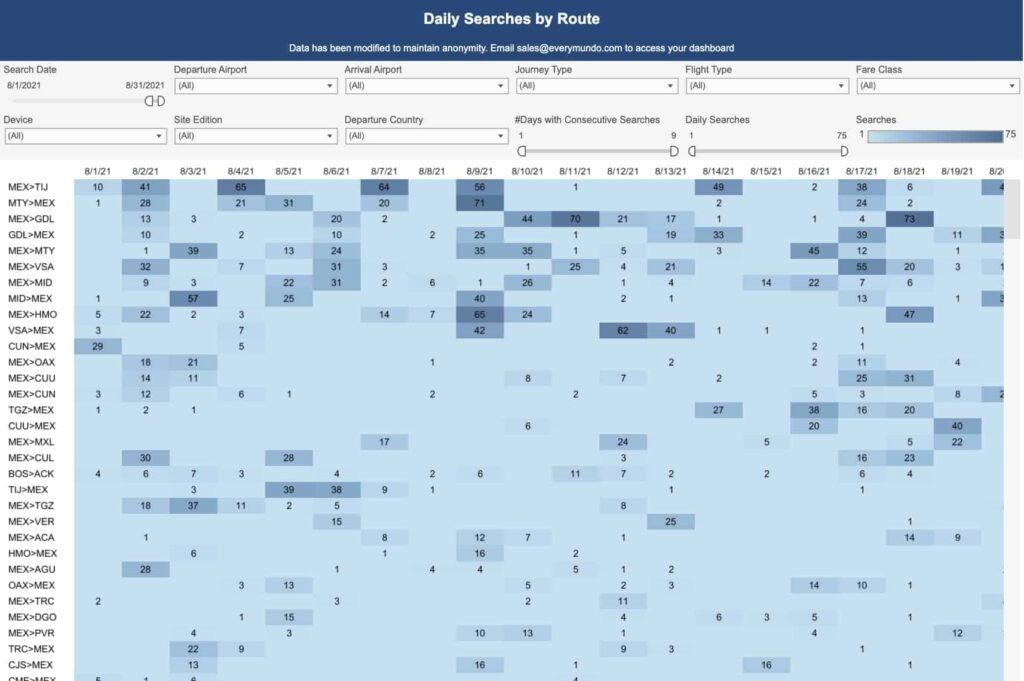Farenet
FareNet Reporting Suite
Insights into demand powered by real-time user search data
FareNet is PROS’s proprietary script that collects User Search Data from our clients’ internet booking engines (IBE) in real-time. As users search for flight fares, FareNet captures the search results and sends new low fares to be populated across the web.
With FareNet data, airlines can analyze trends and make data-driven business decisions. Click any of the dashboard titles below to jump to that section:
FareNet data powers airTRFX, airModules, airWire, airSEM, and provides airlines with real-time dashboards to leverage user search data as a decision-making tool. With FareNet Dashboards, airlines can identify their most strategic routes in real-time and understand the gap between search volume and load factor in order to identify opportunities for fare adjustments.
Absolutely no personally identifiable information of site visitors is collected or stored at any time. FareNet only collects flight and fare information already available to any user searching for a flight.
Airlines that have implemented FareNet have access to the FareNet dashboards via airTRFX Control:
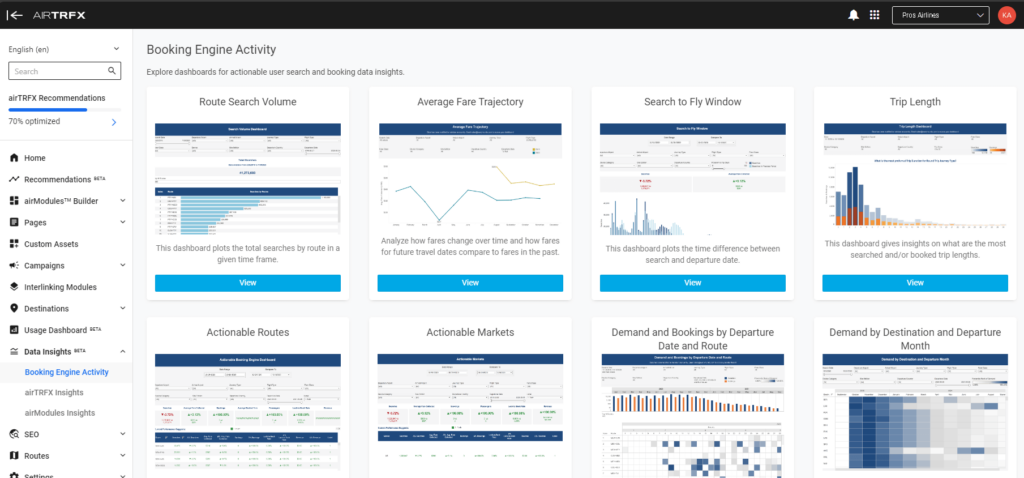
Search Volume Dashboard
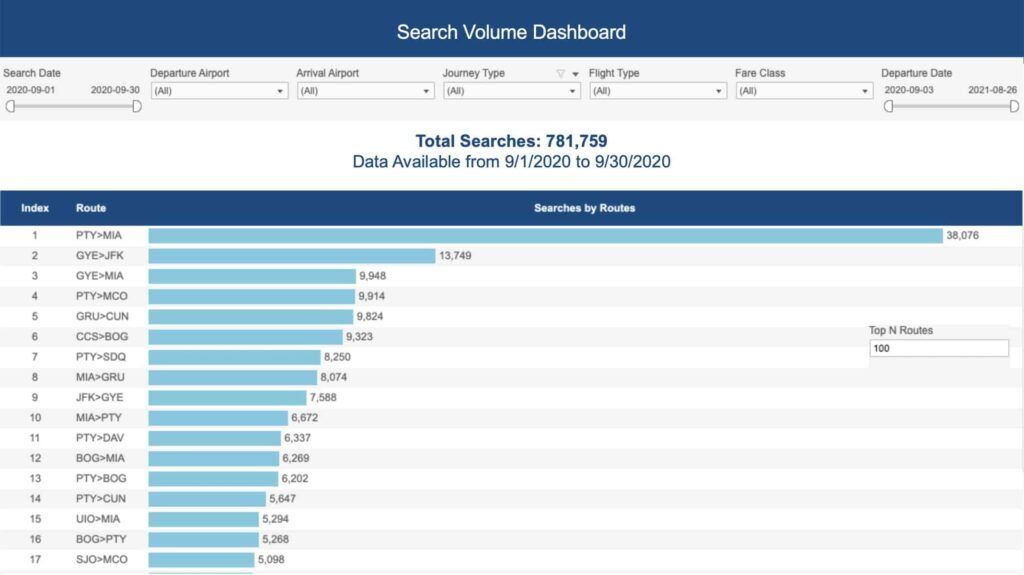
Average Fare Trajectory
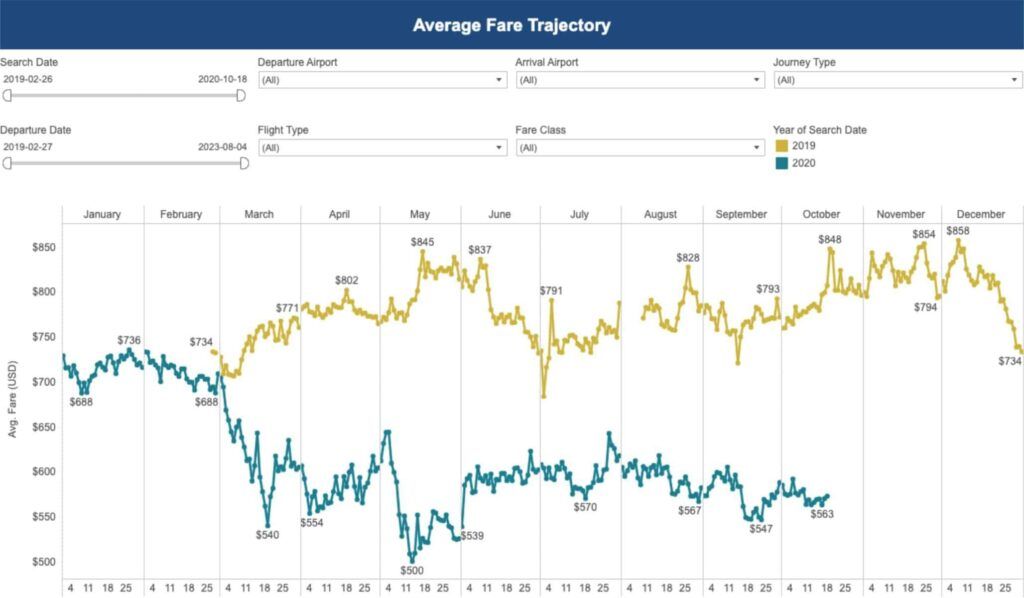
Search to Fly Window
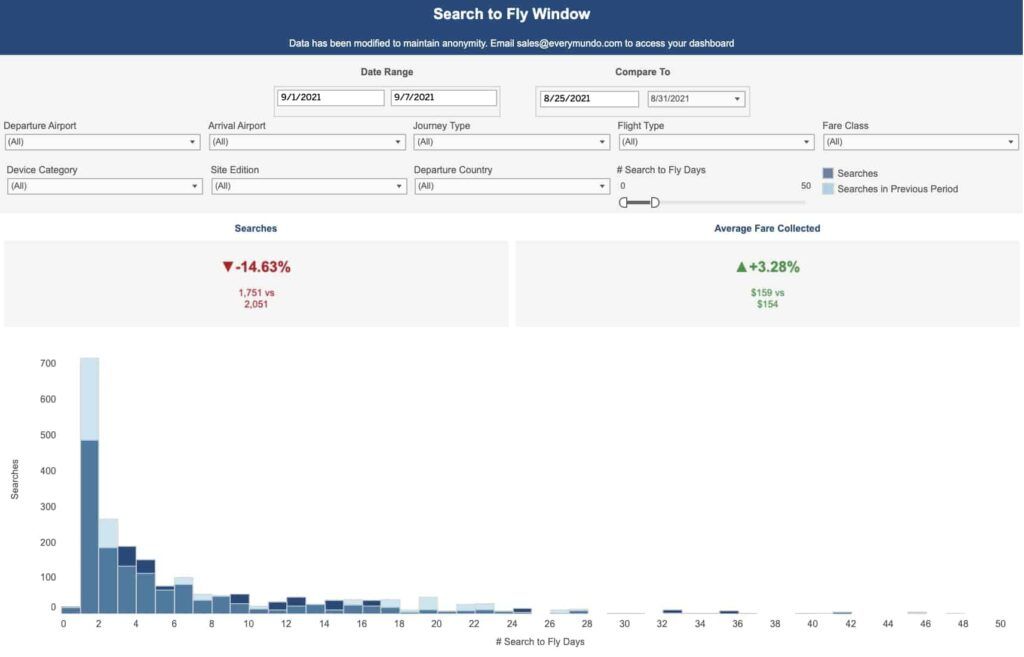
Trip Length Dashboard
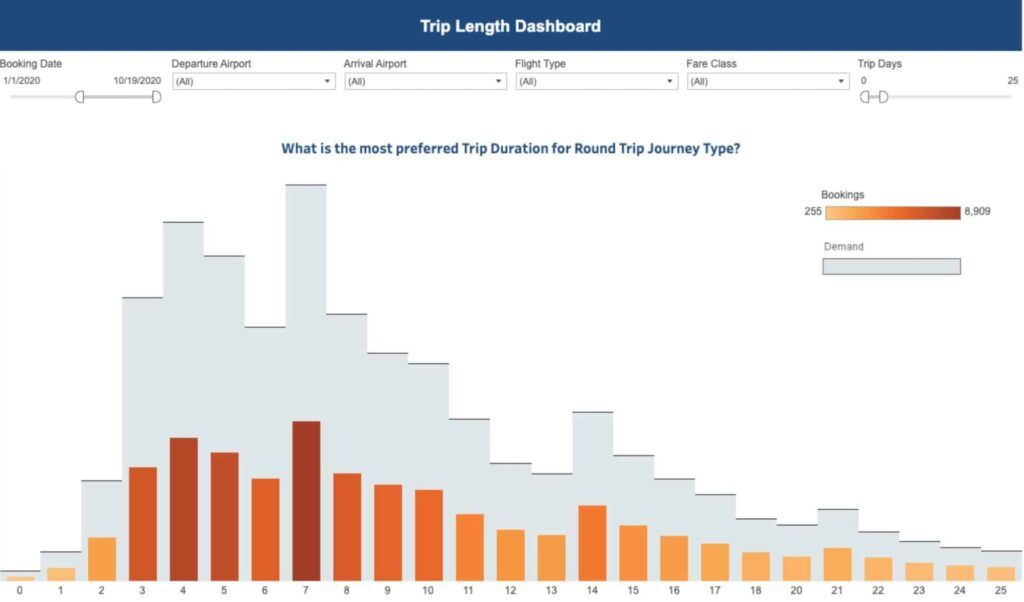
Actionable Booking Engine Dashboard
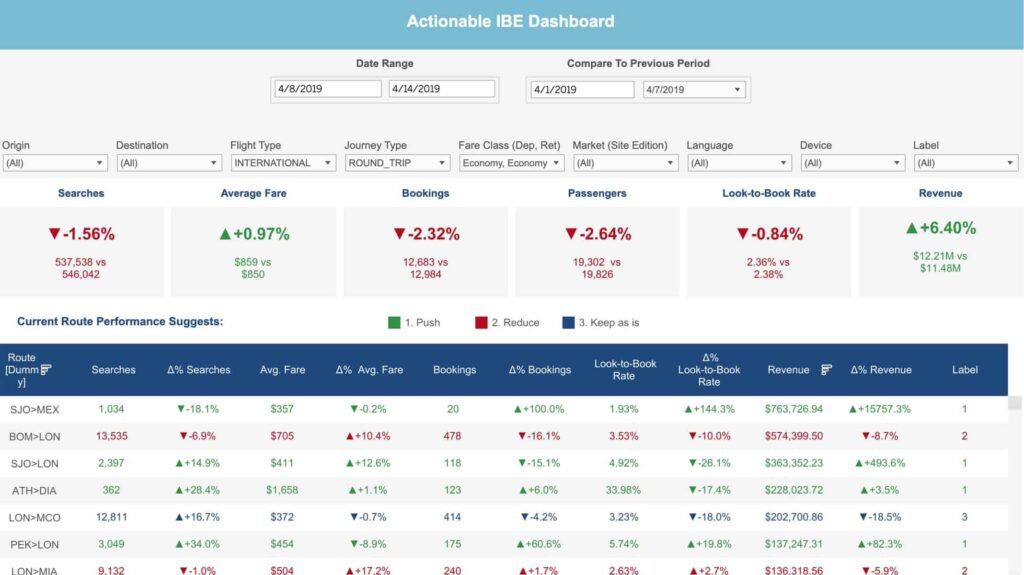
Actionable Markets
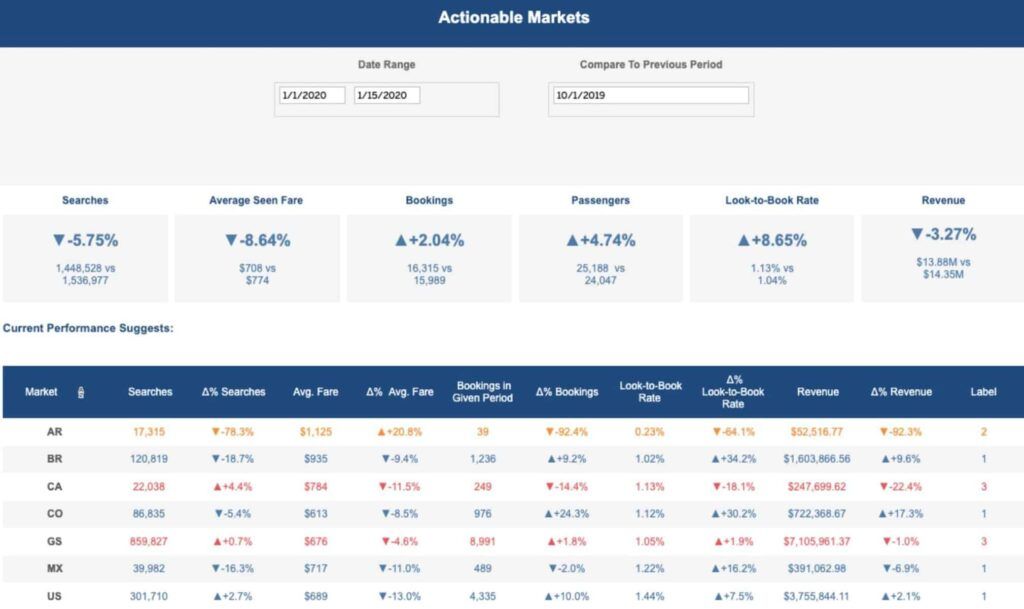
Demand and Bookings by Departure Date and Route
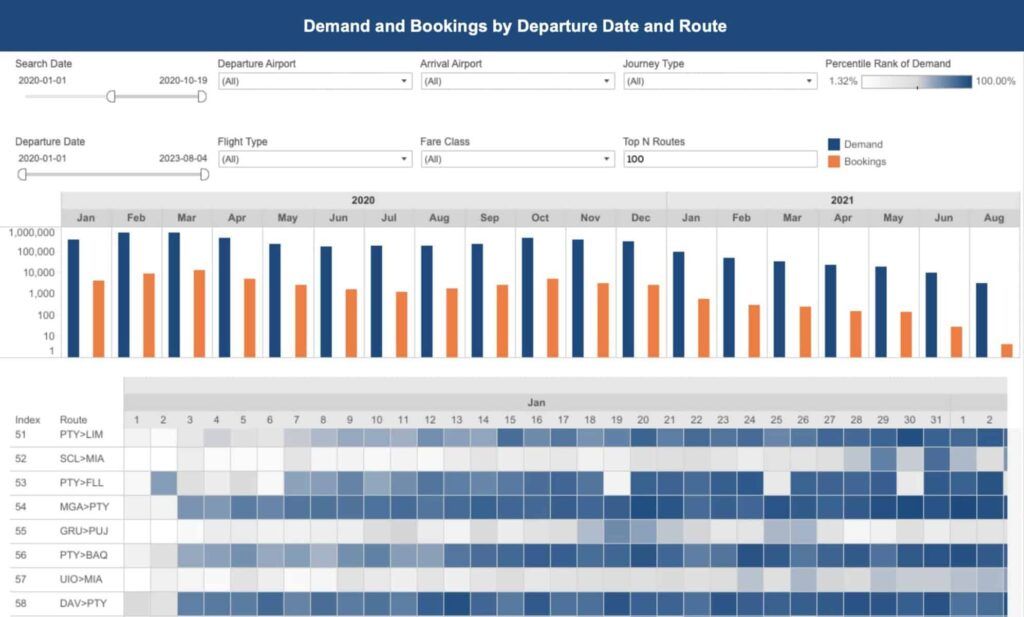
Demand by Destination and Departure Month
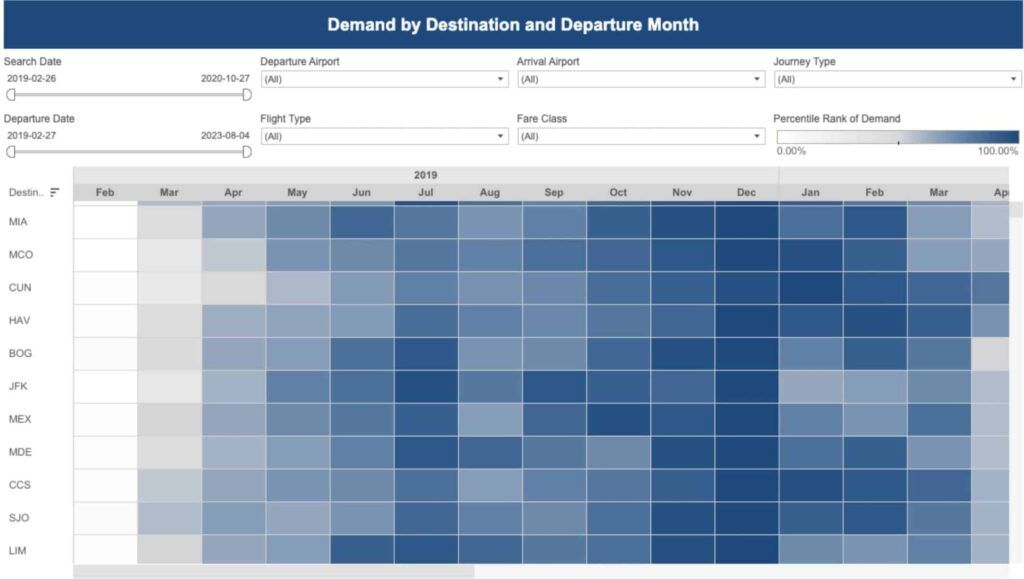
Historic Daily Demand and Bookings
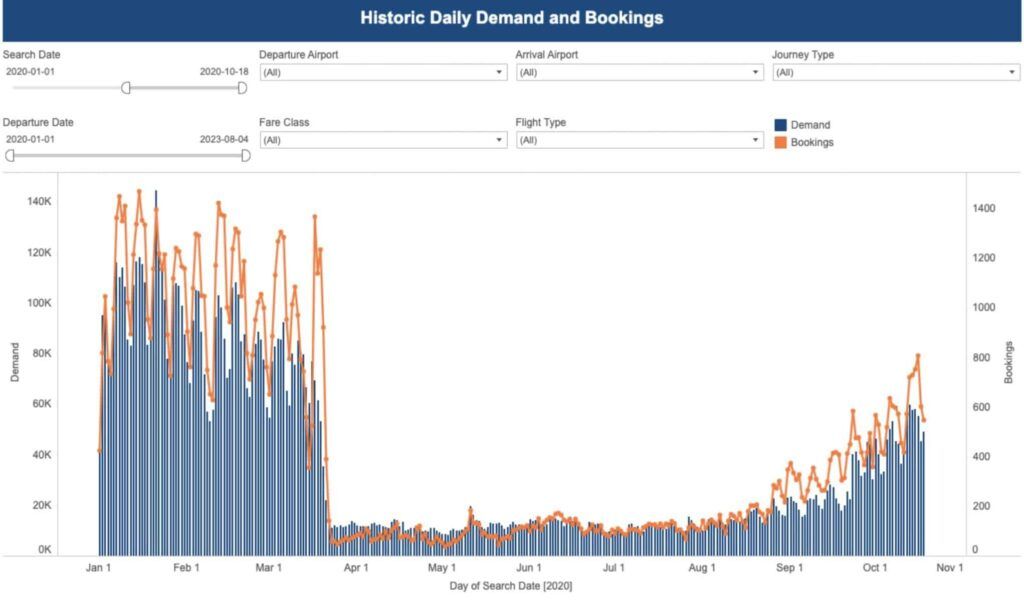
Daily Searches by Route
